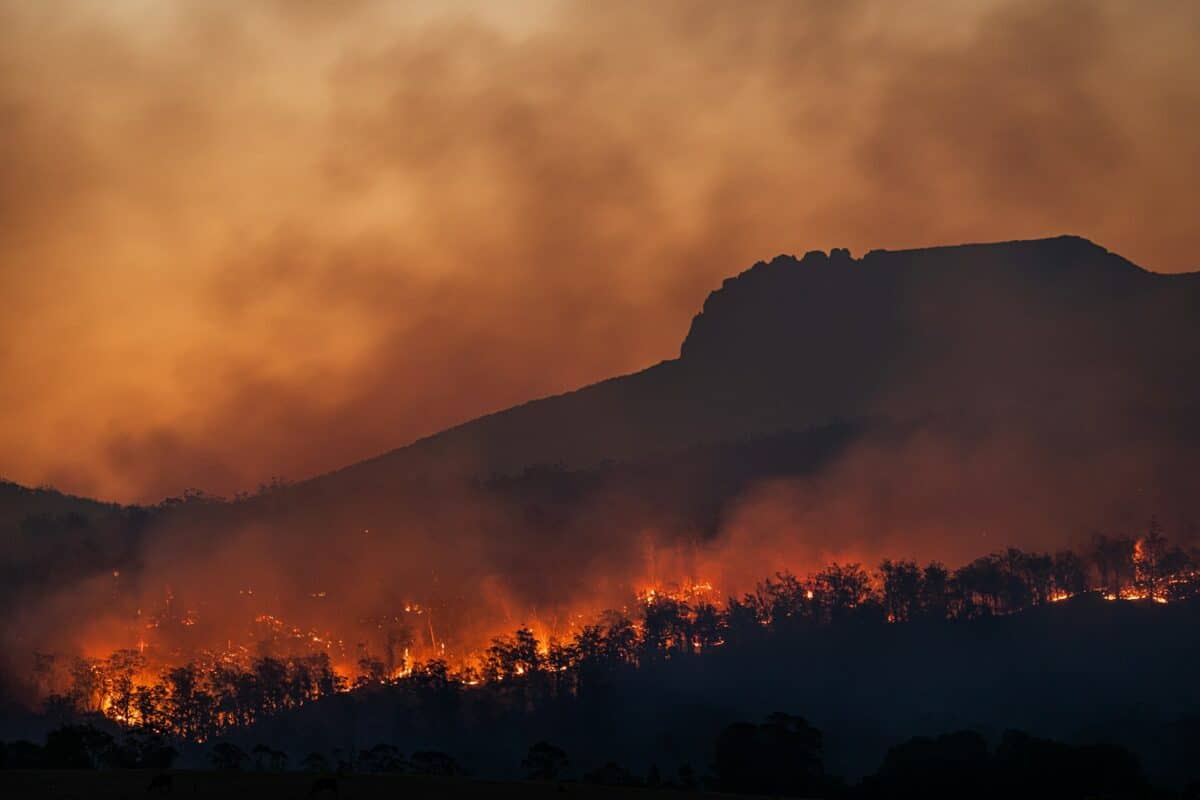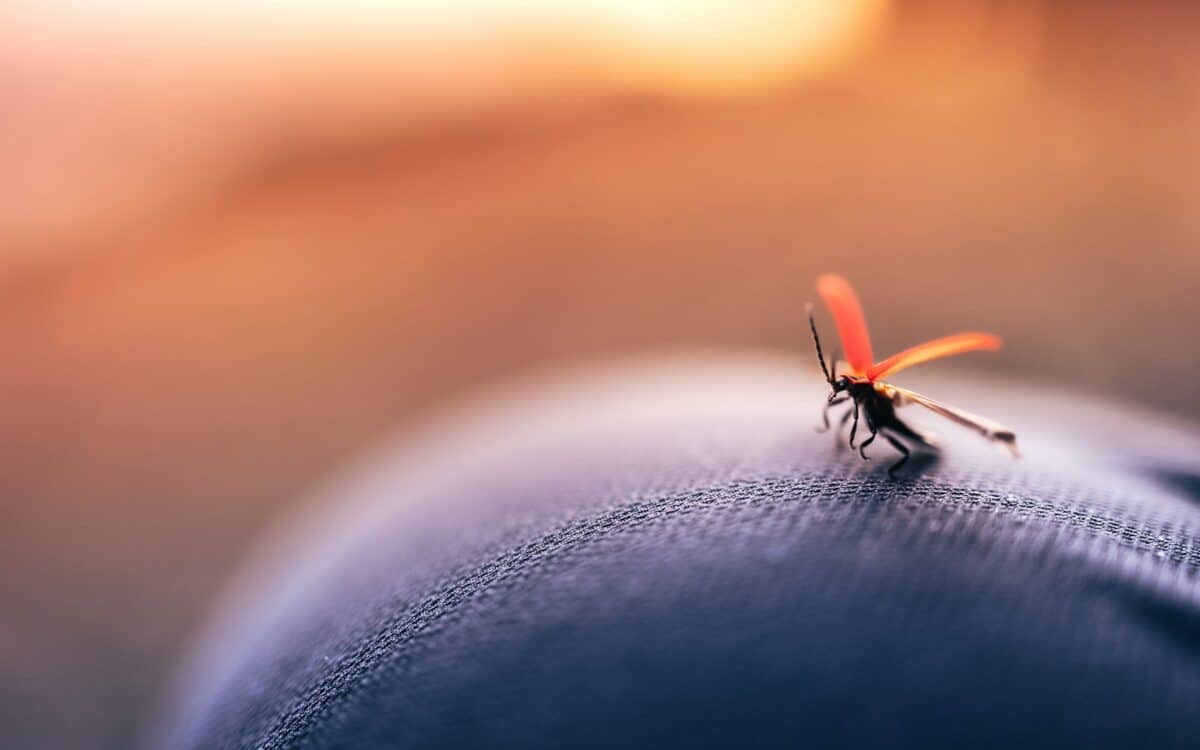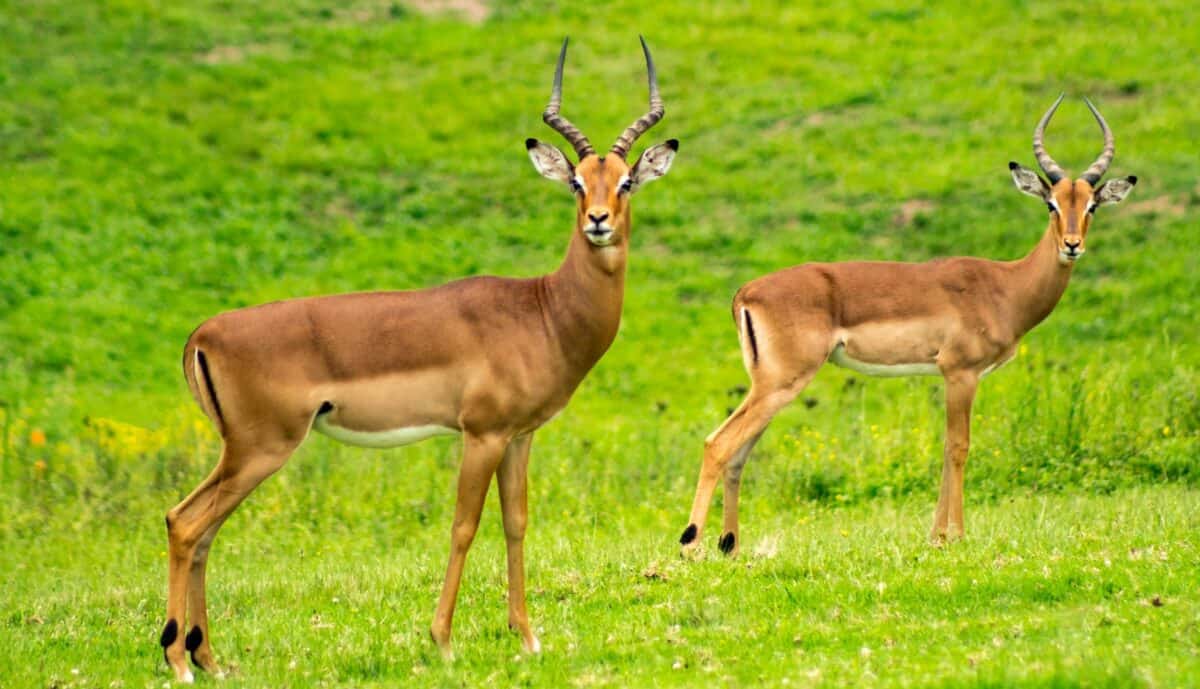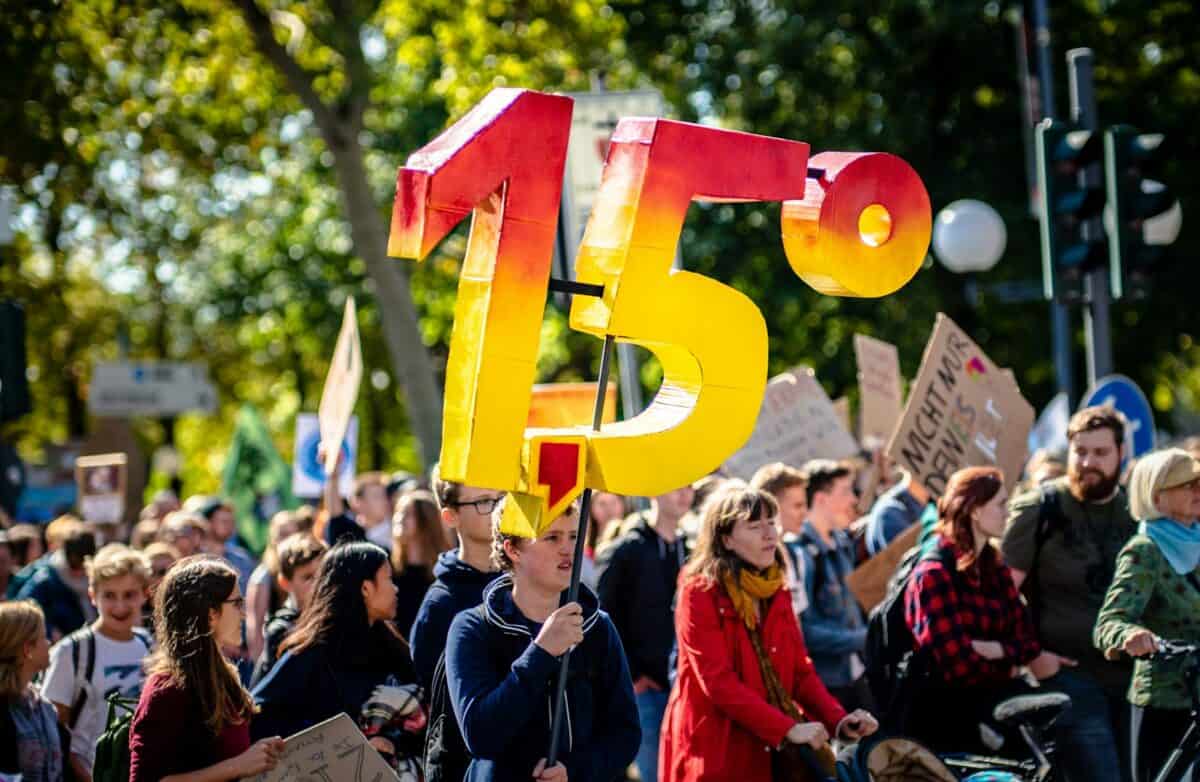As our world heats up, the dynamics of life on Earth are shifting. Climate change, primarily driven by human activities, is not only melting glaciers and raising sea levels but also profoundly impacting the animal kingdom. Some species are adapting and flourishing in these new conditions, while others struggle to survive. Let’s delve into how this environmental upheaval is rewriting the tale of wildlife across the globe.
The Influence of a Warming World on Wildlife

Climate change affects wildlife in various ways, from altering habitats to changing food availability. Animals are now facing new challenges and opportunities due to the rapidly changing climates, and survival often relies on their ability to adapt quickly. Understanding these dynamics is crucial for wildlife conservation efforts.
Thrivers: Species Benefiting from Warmer Climates

While many animals face challenges, some are benefiting from rising temperatures. Warmer climates can extend the range for species like the mosquito, increasing their habitats and reproduction rates. Similarly, fish in some northern waters are seeing benefits from extended growing seasons, allowing them to thrive.
Strugglers: Animals Struggling in New Climates

On the flip side, numerous species find their habitats shrinking or becoming uninhabitable due to rising temperatures. Animals like polar bears and penguins are among those struggling, as their icy homes are rapidly melting away, limiting hunting grounds and breeding areas.
Adaptation: A Key to Survival

Adaptation is crucial for survival in changing climates. Some species exhibit remarkable adaptability, like certain bird populations that are shifting their migration patterns to match new climatic conditions. These quick adaptations can mean the difference between survival and extinction.
Wildlife Migration: A New Norm

Migratory patterns across the animal kingdom are changing drastically. As habitats shift, so do the routes that animals historically take. For instance, some marine mammals are moving to cooler waters, while terrestrial animals might be shifting to higher altitudes or latitudes.
Impact on Biodiversity

The impacts of climate change on biodiversity are profound. As some species thrive and others decline, the delicate balance of ecosystems is disrupted, which can lead to unforeseen consequences, including the loss of biodiversity and the collapse of essential ecosystem services.
The Role of Conservation Efforts

Conservation efforts play a crucial role in mitigating the impacts of climate change on wildlife. Initiatives focused on habitat preservation, creating wildlife corridors, and tackling climate change through policy can make significant differences in the survival of endangered species.
Species at the Brink of Extinction

Many species are now critically endangered due to the accelerated pace of climate change. Amphibians, with their sensitive skin, are facing extinction at alarming rates as they cannot cope with the increased temperatures and changing rainfall patterns. Protection and research are vital to saving these vulnerable animals.
Potential Winners and Losers

A warming world could lead to new winners and losers in the animal kingdom. Species adapted to warm climates might expand, while those reliant on colder environments could shrink or disappear. Understanding potential winners and losers helps conservationists prioritize their efforts effectively.
The Future of Animal Populations

The future of animal populations in a warming world is uncertain. Predictive models show that temperature increases could drastically alter the composition of animal populations across different habitats. Preparing for these changes requires robust global strategies and partnerships.
Human Responsibility toward Wildlife Conservation

Humans have a significant role to play in wildlife conservation. By reducing carbon emissions, supporting sustainable agriculture, and funding preservation projects, we can help mitigate the impacts of climate change on our planet’s biodiversity and ensure a thriving future for wildlife.
A Call to Action for Global Change

Addressing climate change is not just an environmental issue—it’s an ethical imperative. Every small action counts, from reducing personal carbon footprints to supporting policies aimed at environmental protection. Engaging in dialogue and spreading awareness can catalyze the global change needed to protect vulnerable species.
The narrative of wildlife in a warming world is complex, filled with both challenges and opportunities. While some species are flourishing, others are tragically fading. Our responsibility is to protect the planet’s biodiversity, ensuring that future generations inherit a world where every species has a chance to thrive. The actions we take today will determine the future of countless species tomorrow.
- 10 Amazing Animals You Can Only Find in the United States - August 15, 2025
- 10 Times Tornadoes Flattened Entire Towns in the Midwest - August 15, 2025
- 13 Dog Breeds That Could Survive in the Wild - August 15, 2025

